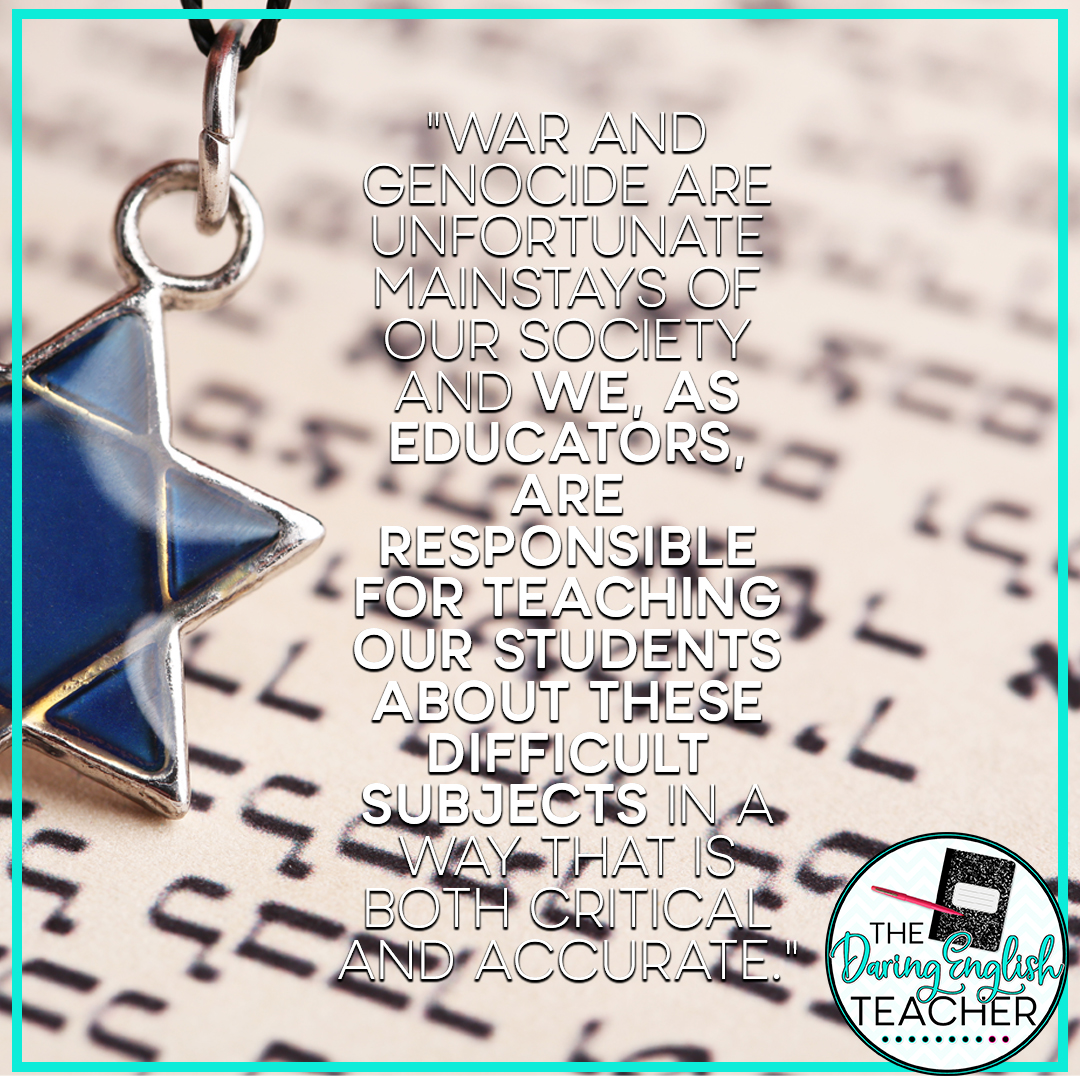Perhaps one of the most difficult subjects to teach adolescent students is that of war. Middle school is a challenging transition period for many children. Not quite kids but not quite teenagers, these students are just beginning to be exposed to more demanding, adult subjects; both intellectually and emotionally.
In Number the Stars, Louis Lowry walks this delicate tightrope with masterful delicacy. She never sugarcoats the horrors of the Second World War, yet she avoids overly distressing imagery and graphic descriptions of violence. Lowry approaches her narrative of war with a teacher’s instinct for sound content, proper facts, and a guiding hand. The story’s horror and violence do not serve to impoverish her characters nor make them pitiful. Instead, these struggles serve as the soil in which her characters grow and blossom.
Annemarie Johansen, a 10-year-old living in Nazi-occupied Copenhagen, Denmark tells the story. The book has a quick and easy-to-read pace, rising and falling from crests of high-tension drama to comfortable troughs of everyday-kid-stuff. This back-and-forth structure keeps students interested and occupied. It’s never too mundane but never too intense or scary either.
The novel ends on a happy but realistic note, deftly illustrating the importance of good people fighting against those who do wrong but never coming off as overly preachy or naïve. An afterword by the author explaining the real-life history behind Annemarie’s story is included to provide context that further enhances the novel’s impact.
Although Number the Stars was first published in 1989, and its plot set in 1943, it has never ceased to remain relevant. War and genocide are unfortunate mainstays of our society. We, as educators, are responsible for teaching our students about these difficult subjects in a way that is both critical and accurate. Louis Lowry’s Newberry Award-winning novel undoubtedly achieves this monumental feat.
For high school teachers aiming to teach a similar unit but feel that Number the Stars is too juvenile, I suggest checking out The Moon Is Down, by John Steinbeck. This novel describes the everyday reality of those living in Europe during the war so well that several underground presses translated it and illegally distributed it during WWII.




